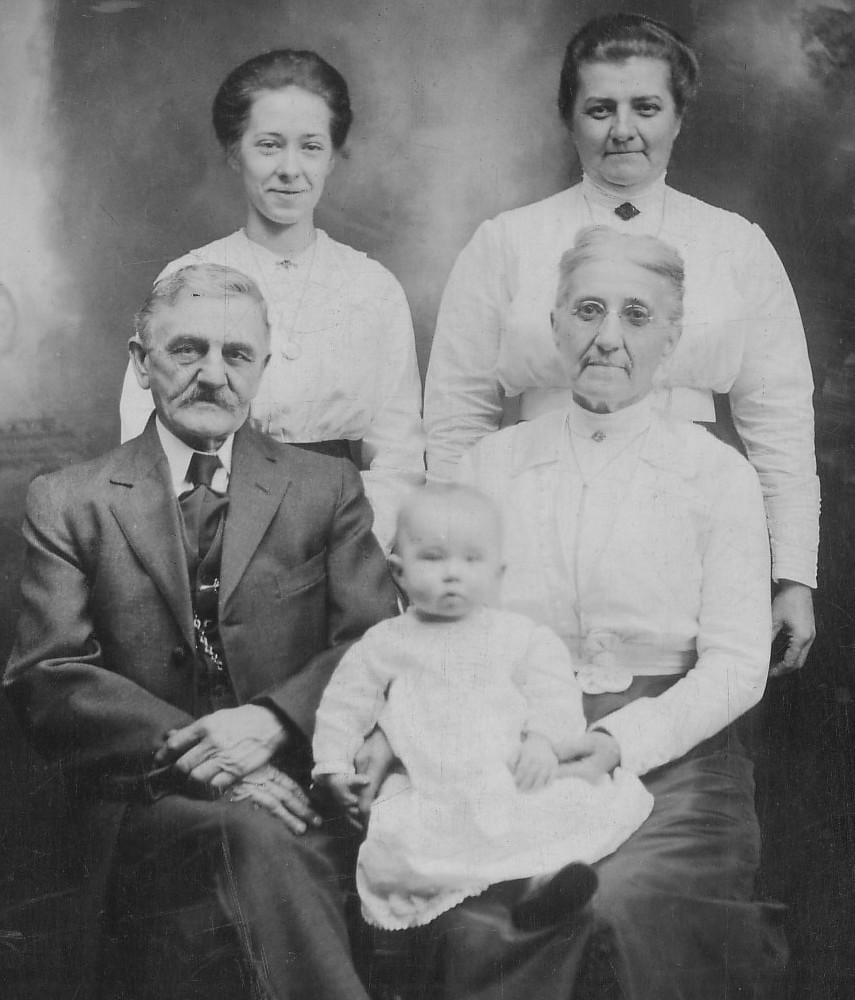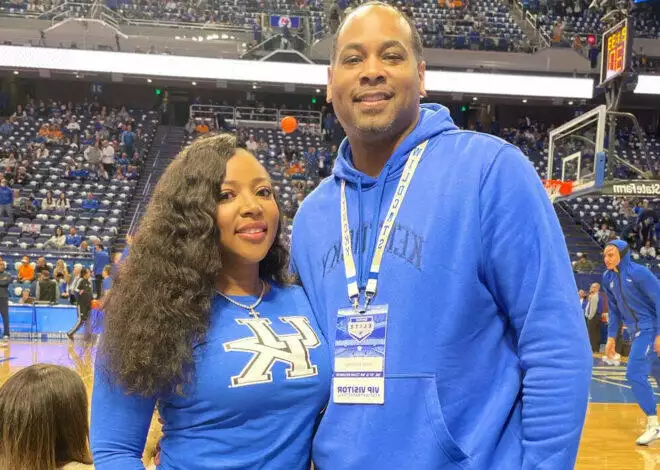You’ve started your family tree, only now you’ve been bitten by the genealogy bug, which is seldom curable and almost always contagious. Genealogy can seem like a time tunnel into the past. Sooner or later, you’re going to want to document the information you’ve gathered, such as birth, death and marriage records. Birth and death records are usually found in each state’s archives, but finding marriage records for your ancestors in the U.S. is a whole different game.
Step 1
Begin by compiling the information you already know. Look for dates of marriages or the year an eldest child was born. This will help you pinpoint the year (or decade) in which a marriage took place. If you have the birthplace of a firstborn child, there’s a good chance that the marriage took place in the same county.
Step 2
Contact the oldest living relatives you have and ask them what they know. Often Great Aunt Mildred will say something like, “I don’t really remember all that, but I told your cousin Ryan everything 20 years ago!” which gives you an immediate lead to call cousin Ryan. They also may have photos or memorabilia that may contain clues.
Step 3
Search through old bibles as well as old death records and funeral cards. Often an obituary contains the exact information you’re looking for, and people tend to clip them and save them as a keepsake.
Step 4
Determine the state or region in which a marriage took place. Marriage records are kept in the county in which the ceremony took place, and often you must narrow this down.
Step 5
Research the census records for the decades before and after the marriage. Often you can find your great-grandfather, perhaps living as a single man with his parents. This will give you the state, county and town in which he lived. Chances are he married in the same place, so this is a great tool for pinpointing where to look.
Step 6
Contact the county on record where your ancestor lived. Each state has an online list of counties. Most counties will conduct a search for a fee. Usually you will have to download a form and fill in any information you already have and then mail it to the county clerk with the appropriate fee. It may take several weeks to get a response.
Step 7
Consider a trial membership in an online genealogy Web site. Many local records are compiled in their databases and you can usually search in a variety of ways, such as name, date or by state. Often you’ll find you have a distant cousin you’ve never heard of who has already tracked down your ancestor’s marriage records, in which case you will find your information as well as a new relative.
Warnings
- Sometimes you will encounter a “brick wall” and the information seems to be nowhere to be found. Keep on looking!





